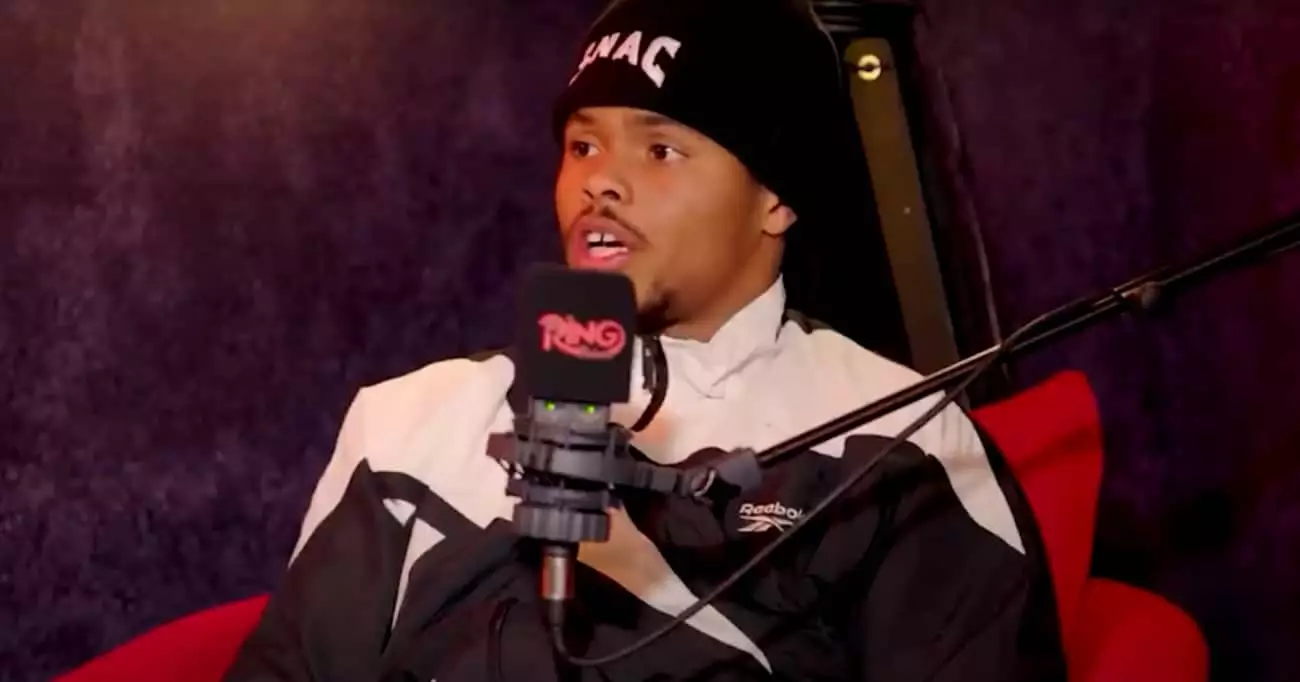In the ever-evolving world of boxing, predictions about fighters’ futures often hinge on subtle nuances that escape casual observers. Shakur Stevenson’s insight—that Terence Crawford has long been the only fighter with the style and skill to beat Canelo Alvarez—is a provocative claim rooted in keen analysis and personal conviction. He suggests that Crawford’s southpaw stance and tactical versatility pose a formidable challenge for Canelo, especially considering the Mexican star’s recent struggles against southpaws like John Ryder. This perspective shifts the narrative from mere strength to the strategic chess match that boxing inherently is. It underscores that victory isn’t solely about raw power but about leveraging style, reach, and adaptability against a formidable opponent.
Crawford’s Transition and Its Impact on His Competitive Edge
Crawford’s move up to 154 pounds marked a pivotal point in his career. While he faced criticism for his debut against Israil Madrimov, it exposed the limitations of his capabilities at higher weight classes. Despite being lauded at welterweight, his lack of experience and physicality at 168 pounds raise questions about his true capacity to dominate larger, puncher-heavy fighters like Canelo. The decision to skip a warm-up fight in the super middleweight division might have been driven by confidence or political strategy, but it has left questions about readiness. Power, endurance, and resilience are significantly tested at these higher weights, and Crawford’s earlier performances hint that he might not possess the same edge at 168. His true strength lies in his versatility and technical mastery, but whether those qualities translate into a victory over a seasoned, power-punching opponent like Canelo remains an open debate.
The Psychological and Tactical Chess Match: Who Holds the Upper Hand?
Stevenson’s assertion that Canelo struggles against southpaws isn’t a superficial critique; it taps into psychological vulnerabilities that could be exploited. Crawford’s switch-hitting and southpaw stance offer tactical complexity; he can confuse Canelo’s counterpunching rhythm and create openings that others might miss. However, Canelo’s adaptability and experience fighting elite-level southpaws cannot be underestimated. His ability to adjust mid-fight has often been his greatest weapon, making him a resilient adversary despite stylistic disadvantages. The fight’s outcome may hinge on which fighter can impose their will—Crawford’s technical finesse or Canelo’s relentless power and boxing IQ. It’s a contest that extends beyond physical attributes into strategic mastery, mental toughness, and preparation.
The Reality Check: Power, Experience, and the Challenge Ahead
While the idea of Crawford dismantling Canelo is enticing, realistic concerns temper the fantasy. Competition at 168 pounds is markedly different from the welterweight or junior welterweight divisions. The size, strength, and punching power of Canelo, combined with his experience at the top tier, pose significant hurdles. Crawford’s decision to forego a tune-up at 168 likely stems from confidence, but it could prove perilous. The levels of endurance and resilience required at this weight might expose vulnerabilities that earlier performances at lower weights didn’t fully reveal. Moreover, the aura of invincibility around Canelo—built through years of dominance—must still be acknowledged. Until they step into the ring, Crawford’s tactical brilliance remains speculative, and the fight could hinge as much on mental fortitude as on technical prowess.
While Stevenson’s bold prediction paints Crawford as a potential terminator for Canelo’s reign, the reality is far more nuanced. Success will depend on execution, adaptability, and perhaps a touch of boxing destiny. Crawford’s unique style makes him a wild card, but whether he can capitalizing on Canelo’s vulnerabilities remains an open, fiercely contested question.


Leave a Reply